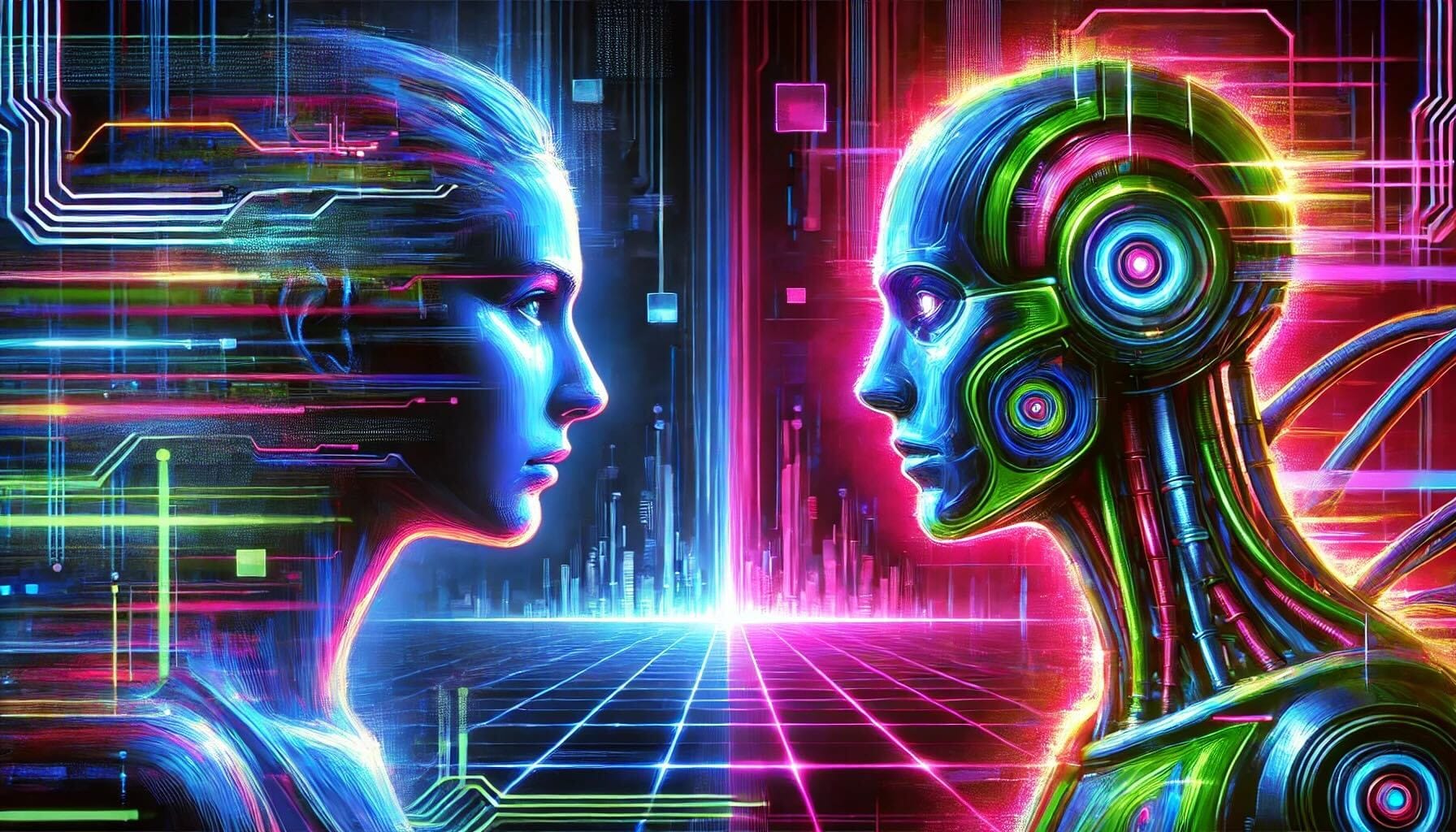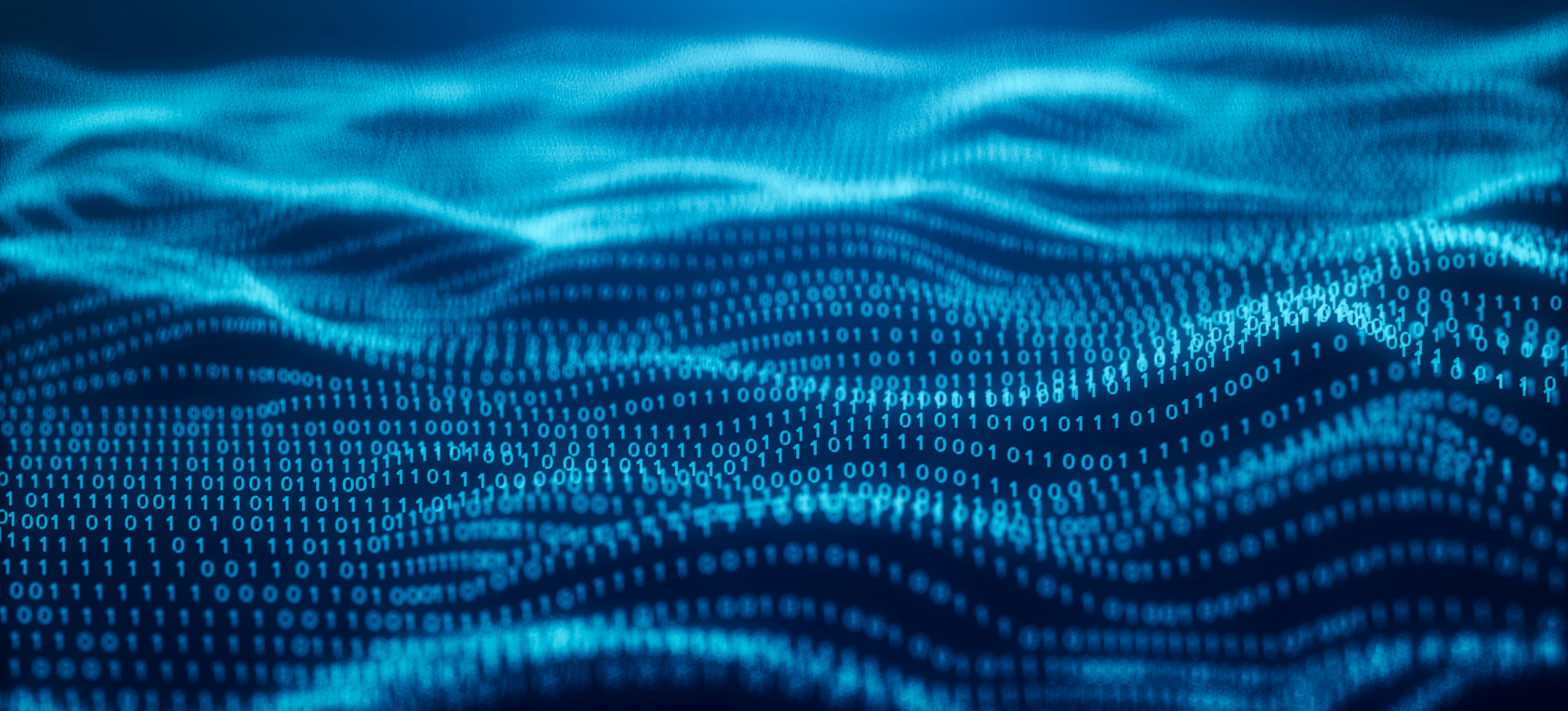
Technology is altering our world at an amazing speed! Its sweeping changes can be found all over and forum.altaycoins.com they can be explained as both thrilling, and at the same time frightening. Although individuals in numerous parts of the world are still attempting to come to terms with earlier technological revolutions in addition to their sweeping social and educational implications - which are still unfolding, they have been awoken to the reality of yet another digital revolution - the AI transformation.

Artificial Intelligence (AI) innovation describes the capability of a digital computer system or computer-controlled robot to carry out jobs that would otherwise have been performed by people. AI systems are created to have the intellectual procedures that identify people, such as the ability to reason, find significance, generalize or forum.altaycoins.com gain from past experience. With AI technology, vast quantities of info and text can be processed far beyond any human capability. AI can also be used to produce a vast range of new material.

In the field of Education, AI innovation comes with the possible to make it possible for new kinds of teaching, finding out and educational management. It can also boost discovering experiences and support teacher tasks. However, regardless of its positive potential, AI likewise positions substantial risks to students, fraternityofshadows.com the mentor neighborhood, education systems and society at big.
What are a few of these dangers? AI can decrease teaching and learning processes to estimations and automated tasks in manner ins which devalue the function and impact of teachers and damage their relationships with learners. It can narrow education to just that which AI can process, model and provide. AI can also intensify the around the world scarcity of qualified instructors through disproportionate costs on technology at the cost of investment in human capacity development.
Using AI in education likewise creates some fundamental questions about the capacity of instructors to act purposefully and constructively in identifying how and when to make sensible usage of this innovation in an effort to direct their professional growth, discover solutions to challenges they face and enhance their practice. Such fundamental questions include:
· What will be the function of teachers if AI technology end up being widely carried out in the field of education?
· What will assessments appear like?

· In a world where generative AI systems appear to be establishing new abilities by the month, what skills, outlooks and proficiencies should our education system cultivate?
· What changes will be required in schools and beyond to assist students plan and direct their future in a world where human intelligence and device intelligence would appear to have ended up being ever more carefully connected - one supporting the other and vice versa?

· What then would be the purpose or role of education in a world dominated by Expert system innovation where people will not necessarily be the ones opening new frontiers of understanding and shiapedia.1god.org knowledge?
All these and more are intimidating questions. They force us to seriously think about the concerns that develop concerning the application of AI technology in the field of education. We can no longer just ask: trademarketclassifieds.com 'How do we get ready for an AI world?' We must go deeper: 'What should a world with AI appear like?' 'What roles should this powerful innovation play?' 'On whose terms?' 'Who decides?'
Teachers are the main users of AI in education, and they are anticipated to be the designers and facilitators of trainees' knowing with AI, the guardians of safe and ethical practice throughout AI-rich educational environments, and to function as good example for long-lasting discovering AI. To assume these obligations, teachers need to be supported to establish their capabilities to take advantage of the possible benefits of AI while alleviating its threats in education settings and larger society.

AI tools ought to never be developed to change the genuine responsibility of teachers in education. Teachers should stay accountable for pedagogical decisions in using AI in teaching and fishtanklive.wiki in facilitating its usages by students. For teachers to be liable at the practical level, a pre-condition is that policymakers, instructor education institutions and schools presume obligation for preparing and supporting teachers in the correct use of AI. When presenting AI in education, legal securities need to likewise be developed to secure teachers' rights, and long-term financial commitments require to be made to guarantee inclusive access by teachers to technological environments and basic AI tools as essential resources for adapting to the AI age.
A human-centered method to AI in education is important - a method that promotes crucial ethical and
useful concepts to help regulate and direct practices of all stakeholders throughout the entire life cycle of AI systems. Education, provided its function to safeguard in addition to facilitate advancement and learning, has an unique commitment to be fully familiar with and responsive to the dangers of AI - both the known threats and those only simply appearing. But frequently the dangers are overlooked. The use of AI in education for that reason requires mindful factor to consider, including an examination of the developing functions instructors need to play and the competencies needed of instructors to make ethical and effective usage of Artificial Intelligence (AI) Technology.
While AI provides chances to support teachers in both mentor along with in the management of learning procedures, significant interactions in between teachers and students and human growing must stay at the center of the instructional experience. Teachers ought to not and can not be replaced by technology - it is essential to secure instructors' rights and guarantee sufficient working conditions for them in the context of the growing usage of AI in the education system, in the office and in society at big.







